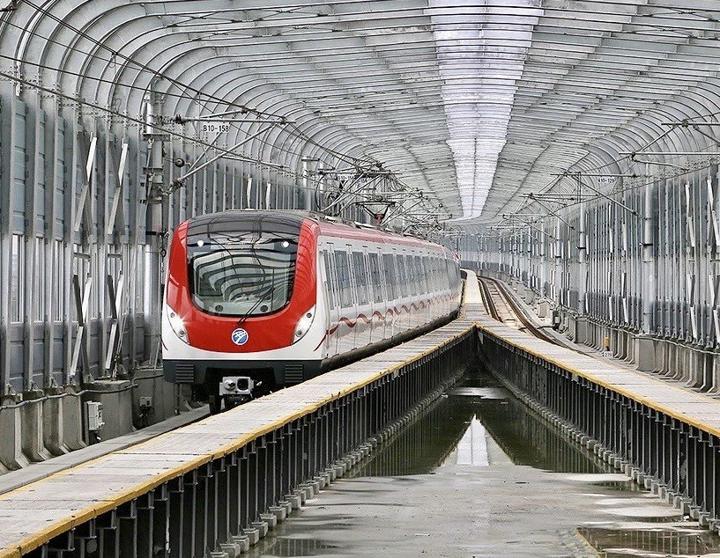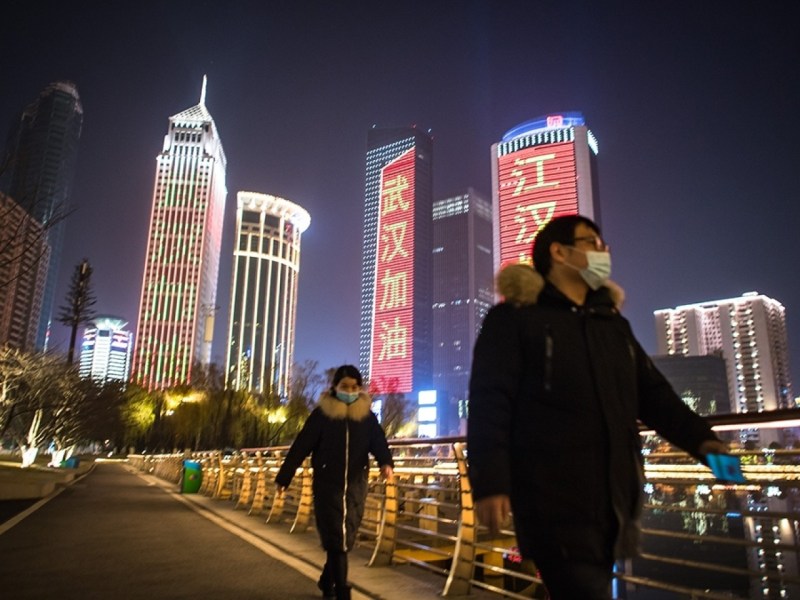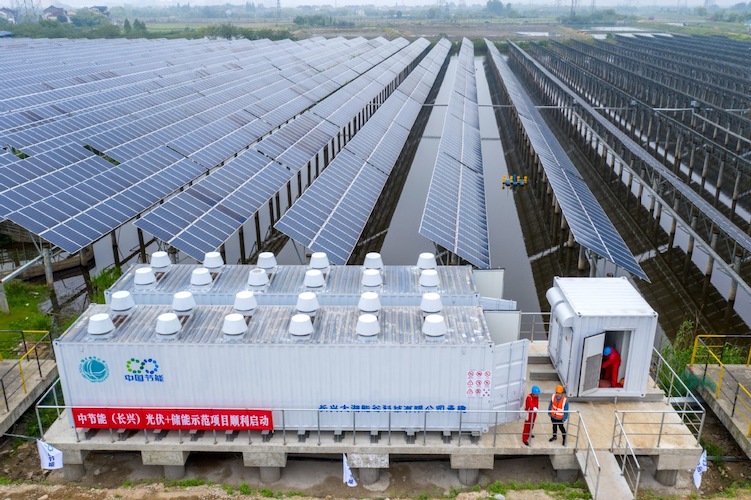By Frank Chen
(ATF) Local cadres across China are working tirelessly to resuscitate the faltering economy, now that the number of people being infected by the novel coronavirus has been dramatically reduced.
The central Chinese mega city of Wuhan, ravaged by the pandemic since the end of 2019, reported just five fresh cases on Friday, with no new infections throughout the rest of Hubei province. Cadres say these figures give further credence to the official claim of an emerging diminution, that the pneumonic plague originating from the epicenter of Wuhan could have already been vanquished.
Yet local officials, having fought a gruelling war against the contagion, cannot afford an interlude as they are being told to apply the same perseverance in turning the economy around – tackling the virus’s debilitating toll on commerce and production nationwide.
The affluent province of Zhejiang in eastern China is among the first to have launched a raft of new infrastructure and industrial investment initiatives. It announced a 886.4 billion yuan (US$126.8 billion) package earlier this month for 537 shovel-ready projects, ranging from 280 kilometers of new metro lines, and lithium ion battery plants to new labs funded by Alibaba and a satellite research and development center spearheaded by automaker Geely. All of these projects must get underway by the end of June to get orders for manufacturers and investments by the private sector, and cadres failing to kickstart construction could face disciplinary actions or demotion, according to the Zhejiang Daily.

Few customers patronize an Apple Store in Ningbo, a major city in the eastern Zhejiang province, as people avoid going outside during the height of China’s coronavirus outbreak. Photo: Asia Times

New metro lines are among the new projects included in a 886 trillion billion-yuan investment program announced by Zhejiang’s government in the wake of the pandemic. Photo: Xinhua
Zhejiang’s outlay on new investments is somewhat commensurate with the provincial government’s healthy coffers: excluding fiscal income turned over to the central authorities, the province booked a total income of 705 billion yuan (US$108 billion) in 2019 thanks to its bourgeoning economy. Zhejiang’s gross domestic product increased by 6.8% to hit 6 trillion yuan last year, roughly on a par with the annual economic output of Spain and Australia.
Mounting debts
Yet the old worries over mounting debts and insolvency have returned to haunt it as less well-off provinces also jump on the bandwagon to stump up heftier amounts.
Yunnan made headlines this month with its staggering 3.6 trillion-yuan investment program encompassing railway, grid, 5G and logistics projects, thus far the most expensive infrastructure drive announced by a provincial government to offset the impact of the viral outbreak. The southwestern province, with the largest number of poverty-stricken counties receiving special state relief funds in the country, has not spelled out details about fundraising, however. It is unlikely that Yunnan can draw on its fiscal income or reserves to meet the expenditure, as its fiscal income was a little over 207 billion yuan in 2019.
The central province of Henan has also unveiled its own list of projects, which are worth 3.3 trillion yuan, compared with its fiscal income of 404 billion yuan last year.
Total investments announced by about 15 provinces throughout the nation since the end of February have increased to 25 trillion yuan. To put that figure in perspective, Beijing embarked on an investment spree of about 4 trillion yuan back in 2008 to stave off the spillover from the global market meltdown.
The backdrop of the latest investment bonanza is the People’s Bank of China lifting its liquidity floodgate since January, as well as other policy loosening that has been likened to a helicopter money drop. A rough back-of-the-envelop calculation based on reports by Chinese media shows that about 4 trillion yuan has been injected into the market by the Chinese central bank.
Trillion-yuan loss
That figure corresponds with the total GDP loss estimated by Professor Xu Jianguo of Peking University’s National School of Development. Xu told a recent forum that the nation’s catering, accommodation and tourism sectors alone may have lost a trillion yuan in the first quarter and the total GDP loss racked up so far could be 3-4 trillion yuan.
Xu noted that provinces nationwide would feel compelled to make up for the loss in the following quarters to meet Beijing’s original annual economic growth goal of 5.5-6% for 2020, meaning they have to tread the old path of an investment-driven model to fire up the economy.

Passengers have returned to throng an interchange metro station in Guangzhou. Local officials will find this encouraging as they rush to jumpstart the economy. Photo: China News Service
Observers also say local cadres expect the People’s Bank of China to pump in more funding via triple R cuts and reverse purchases, and they may be given a free hand in leveraging and debt-issuing to launch new projects, under Beijing’s overarching imperative to keep the economy ticking to save jobs and businesses in the post-outbreak era.
More projects and bigger amounts are surely in the pipeline as other provinces work out their plans, when the highly infectious pathogen grips European countries and jolts global markets with indices plummeting to lows unseen in years.
Provinces that merit attention include key economic dynamos like Guangdong and Jiangsu, whose GDPs can be ranked among the world’s top 15 economies.
It is also rumoured that Beijing will dole out generous state-led economic and investment initiatives for Wuhan and the rest of Hubei, when the top leadership feels the need to boost morale and rebuild confidence in regions worst-hit by the epidemic.
Local media in Wuhan reported on Thursday that the sprawling plants in the city owned by joint ventures between the state-owned Dongfeng Motor and Honda and Citroën would soon resume production, with local officials dangling loans and tax rebates for major firms there to resume operating and launch new projects.
Read more:























